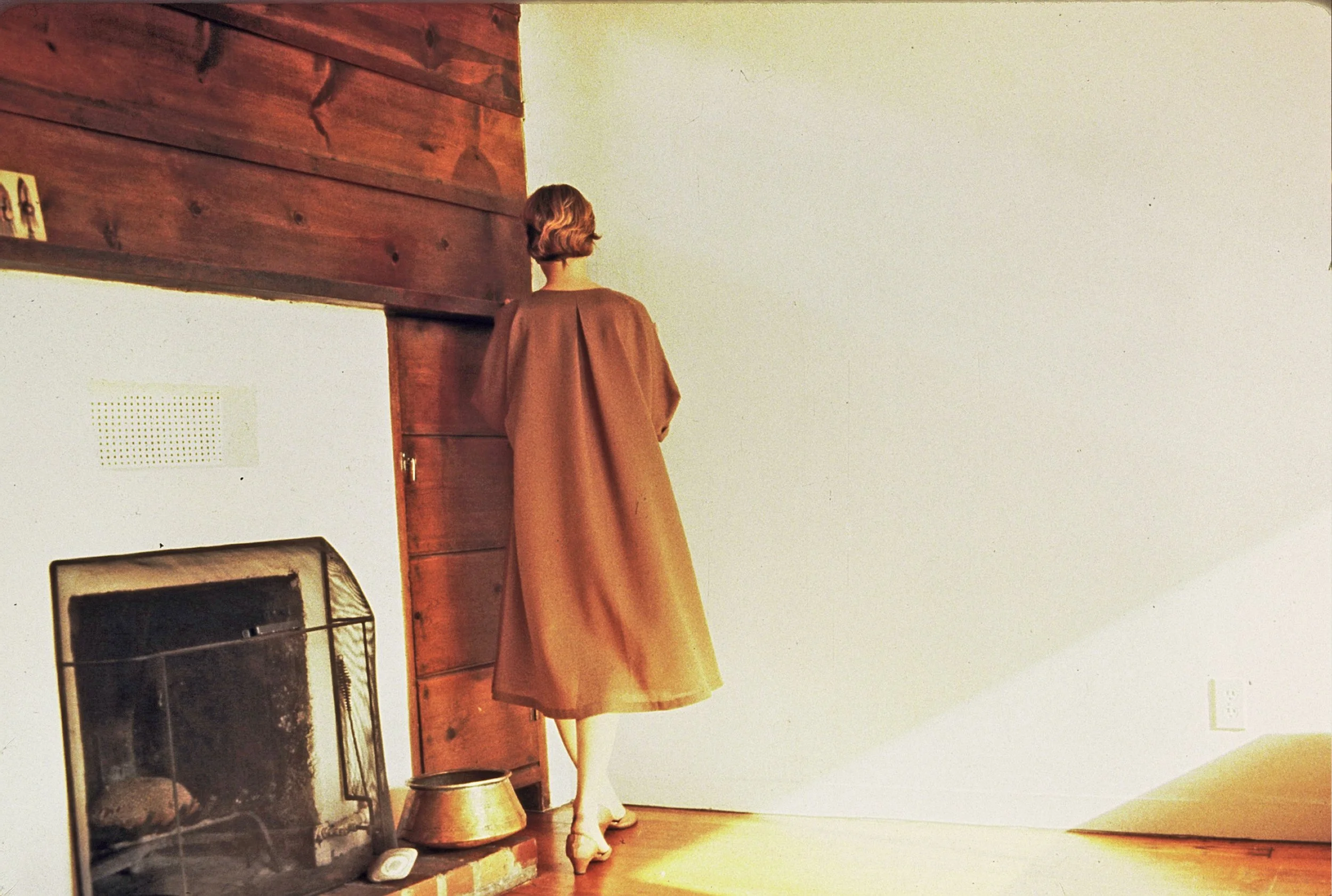Since the late 70’s I straddle 2 diametrically opposed cultures - East + West within their disciplines of fine and applied arts. In the West these disciplines were considered non-reconcilable. This is explained in my blog post The Fame Game.
Yet in Japan, where I studied design and crafts for 3 years, no such distinction existed between the applied and fine arts. Thankfully it took some years but eventually this schism in the West was neutralized, possibly due to our immersion into the Japanese culture starting in the 80’s.
Standing alongside a National Living Treasure, Keisuke Serizawa - I was able to soak in a centuries old craft and at the same time walk it into my art background. But then I sought to beam it forward in an eclectic approach to design, color + texture. This was a time when the Japanese were on the cusp of infiltrating Western culture with crossover clothing statements: Issey Miyake, Yohji Yamamoto, Rei Kawakubo. I could see they were able to pursue this path with ease because their kimono culture was not encumbered by centuries of Western dress.
Endowed with their eclectic vision, I experimented with new ways of making art with textiles while pushing the boundaries of painting, fiber arts, new materials and dress. The Japanese taught me so much about delving deeply into the design making process.
This approach is being exalted with an exhibition at the Victoria Albert Museum entitled Kimono: Kyoto to Catwalk:
https://www.vogue.com/slideshow/kimono-kyoto-to-catwalk-victoria-and-albert-museum-street-style
Upon my return to the States in the early 80’s I started to innovative with clothing. I then set up a silkscreen design and manufacturing facility in San Francisco. Simultaneously, I took a computer generated weaving class in Berkeley CA where Steve Jobs generously donated his Apple2 computers to see if he could capture us as his next design audience. He had just found unprecedented growth when desktop writers took to their first computers.
Back to my native New York a few years later, I spent thousands of hours honing my designs for floor coverings on my newly purchased Apple computer. Stateside these designs were met with a lukewarm, ‘I’m not quite sure’. Whereas the Japanese would latch onto them and exclaim, “Oh, how wonderful.”
Apple 2 computer printout + woven
Apple 2 computer printout + weaving ‘82
When promoting works I learned a sensible approach from the Japanese: it’s most efficient to present as a group - thus being one link in a fuller presence. This foundation formed by the many gives each a base to work from while helping navigate the complexities of business. Most importantly it impresses notoriety on one’s product that adds a certain amount of “protection”. When I approached American designers with this vision they were more inclined to stay the “lone ranger”.
It seems both talent and perseverance are the key ingredients to keep a business going and shape it into something that is greater than its parts.







